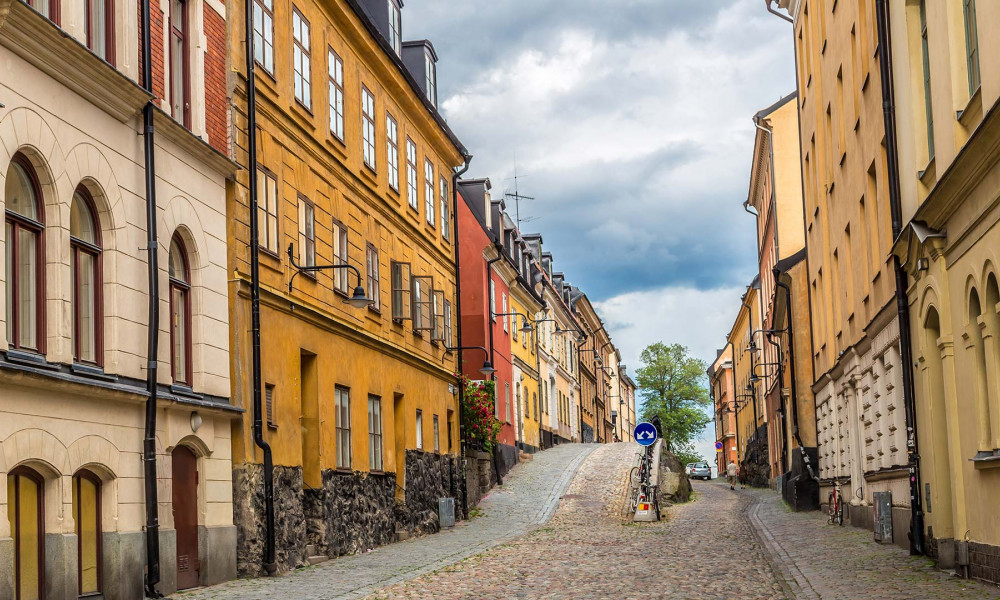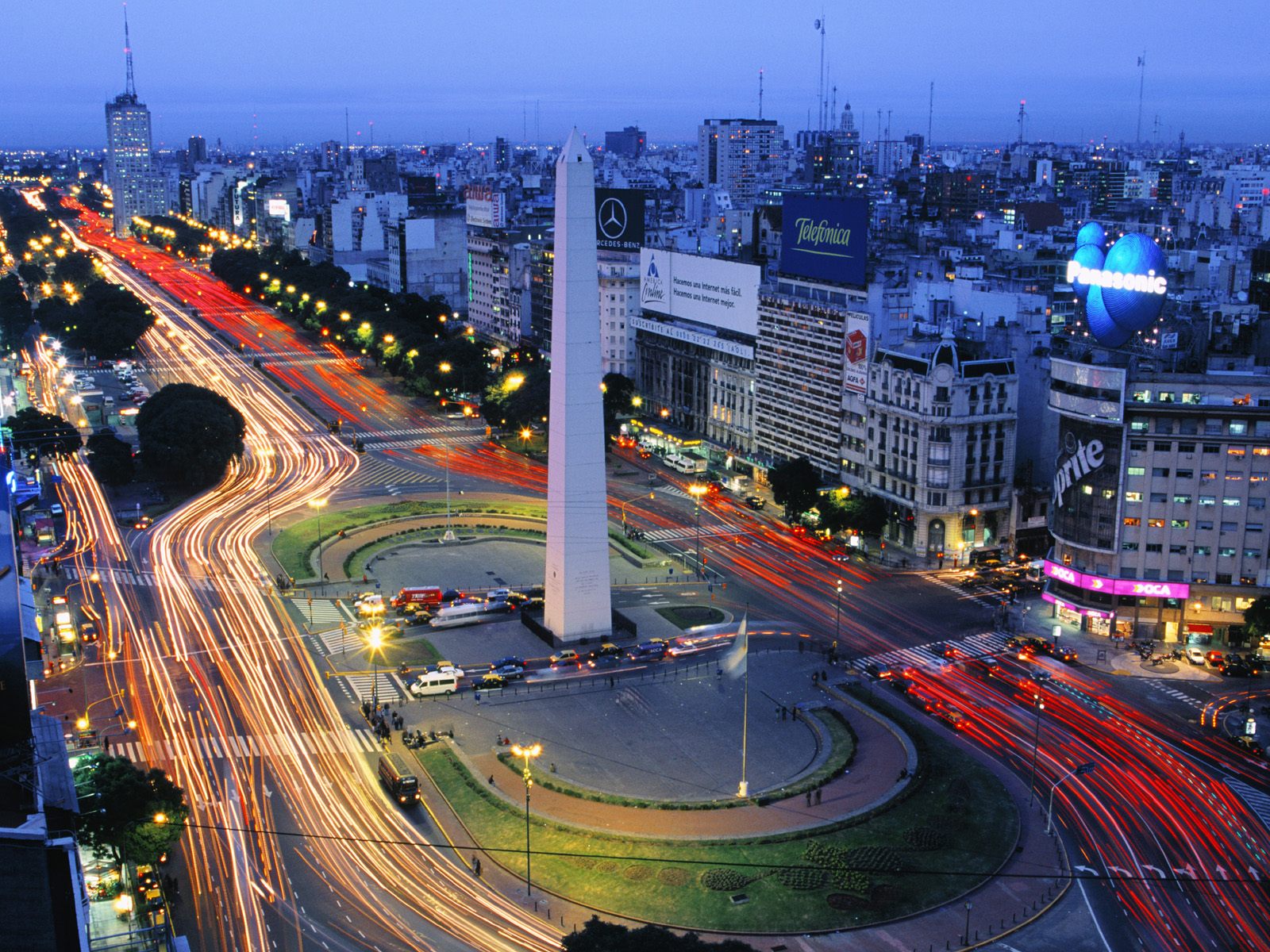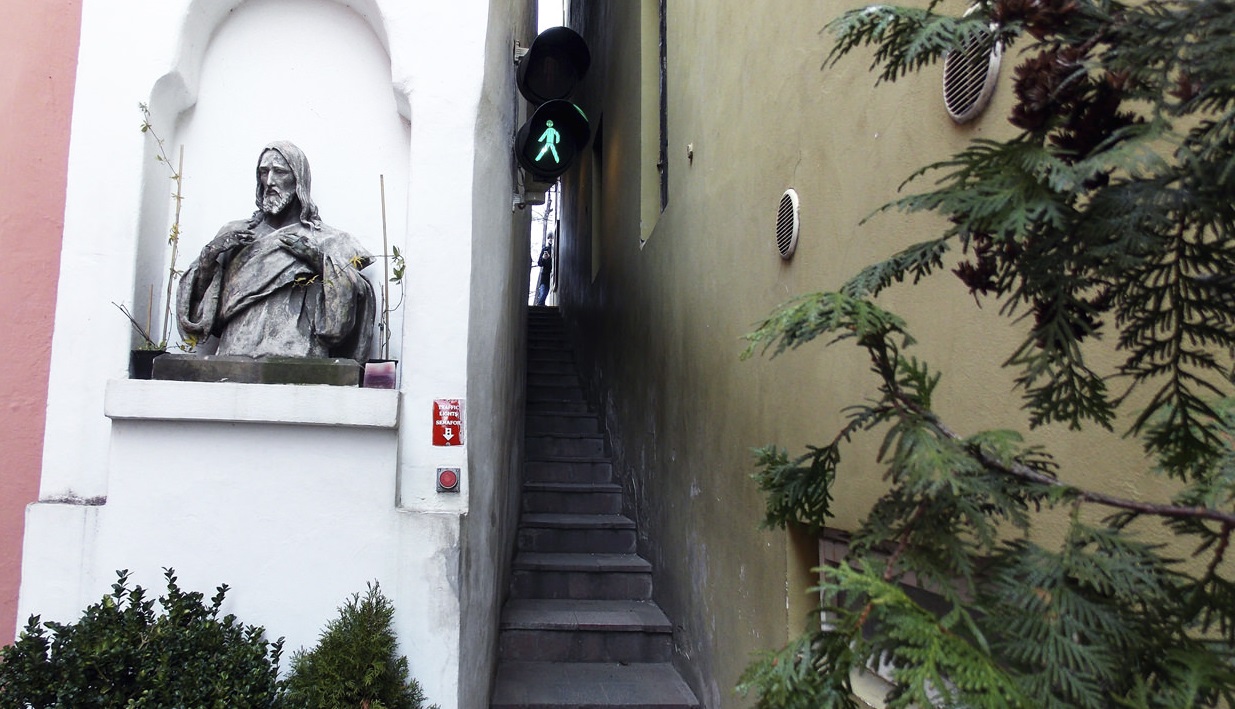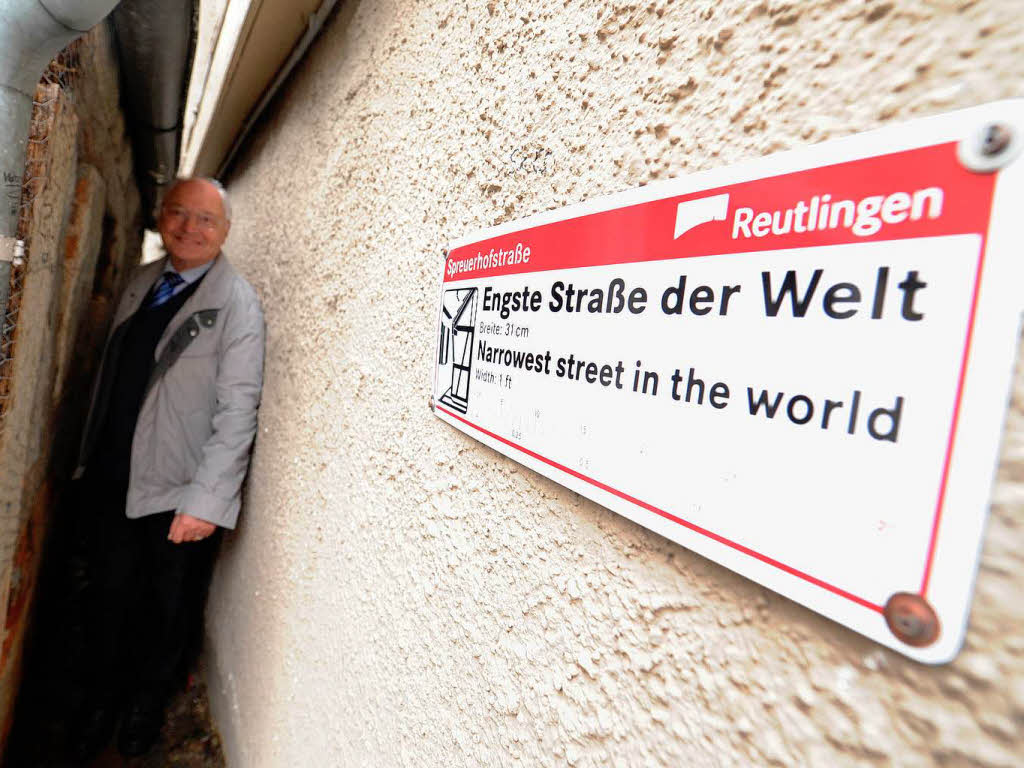City paths. The narrowest and widest streets of the world

The widest streets are in South America, this continent is a home for two main contenders for the title of "the most". Official winner is 9 de Julio Avenue in Buenos Aires, Argentina. Width of the avenue is about 120 meters. And this is nothing less than 12 lanes for transport. To cross them one has to pass 3 traffic lights, which takes about 5 minutes. This miracle was completed in the 60s of the latest century; 67-meter obelisk with a circular motion was set in the middle. Today the city authorities are discussing the project according to which car traffic will go underground, and the avenue will become a pedestrian zone as it is one of the most popular tourist magnets of the capital. How to fulfil such a large-scale reconstruction is big question, since subway is already operating under the avenue. And yet, the municipality claims that it is possible and the problem shall be solved since 9 de Julio Avenue has an important role linking north and south airports. Photo elmаwkе3.com
Photo elmаwkе3.com
Interestingly, the competitor to the Argentinean avenue is Brazilian one. And here again these neighbours are competing with each other. The Monumental Axis (Eixo Monumental) in Brasília City is really monumental connecting the Plaza of the Three Powers and Plaza Municipal. The street is packed with office buildings, the National Congress, Ministries and numerous monuments. The width of the Axis is 250 meters, which is more than two times wider than the Argentinean avenue, however there is a big "but". As you can see, roadways are separated by very wide lawn due to which it makes 250 meters. Therefore, even if Brazilians believe that they won this dispute, my choice is 9 de Julio Avenue. Photo tolongedecasa.com
Photo tolongedecasa.com
Next let’s take the narrowest streets which are widely spread in Europe, perhaps it is because the Old World is not that spacious, so every square centimetre was always cherished there. Slovak Bratislava, Romanian Brasov, Spanish Chiron is just a beginning of list comprising cities hosting skinny streets of one and a half or two meters wide. However, in our selection there are even more subtle ones. The most spacious among them is Parliament Street in the English town of Exeter. It emerged in the Middle Ages and bound two other avenues. This tiny line is hardly enough for two big men to sidetrack: its maximum width is 122 cm, and the minimum is only 60. By the way, in 1836 Exeter residents donated more than a hundred pounds to expand Parliament Street, but their request was no fulfilled. Photo krugosvеtkа.biz
Photo krugosvеtkа.biz Photo solosophie.com
Photo solosophie.com
The Czech Prague has its own record holder. Vinarna Čertovka is not a ribble-rabble, but the name of the street where the first traffic lights for pedestrians were installed. And it was a pretty right thing, otherwise crushes would be unavoidable as the street’s width is 70 centimetres only. This miracle was designed for safety purposes: in the Middle Ages, the city suffered from huge fires. The street is just 150 meters away from the Charles Bridge in direction to Hradčany, if you happen to be nearby, stroll it down but remember to watch out for colour of the traffic lights - you are allows to move when it turns green. To encourage you, we shall mention that in the depth Čertovka is anchored by a well-known and inexpensive wine shop, but it is only for those who managed to get through. Another street’s name is Drunkard Alley. Photo аlyssаwrites.com
Photo аlyssаwrites.com
It can’t be narrower than that! you will tell and be wrong. The winner is a street with unpronounceable, like many German words, name of Spreuerhofstraße, which is located in the city of Reutlingen, Germany. At its narrowest point the width of this, say, loophole is 31 cm. In some spots it "eats up" to 51 cm, but not more. There are two stories of Spreuerhofstraße origin. The first says that the street is a mistake of insane architect. The second is similar to Prague version: 80% of the city was destroyed in the massive city-wide fire in 1726, city authorities decided to build a similar corridor, which in 1820 was given the proud title of street. Since then it is a symbol of Reutlingen and the authorities monitor its condition constantly repairing the adjacent building. Photo iаbrj.org.br
Photo iаbrj.org.br
Cover photo yesofcorsa.com





















